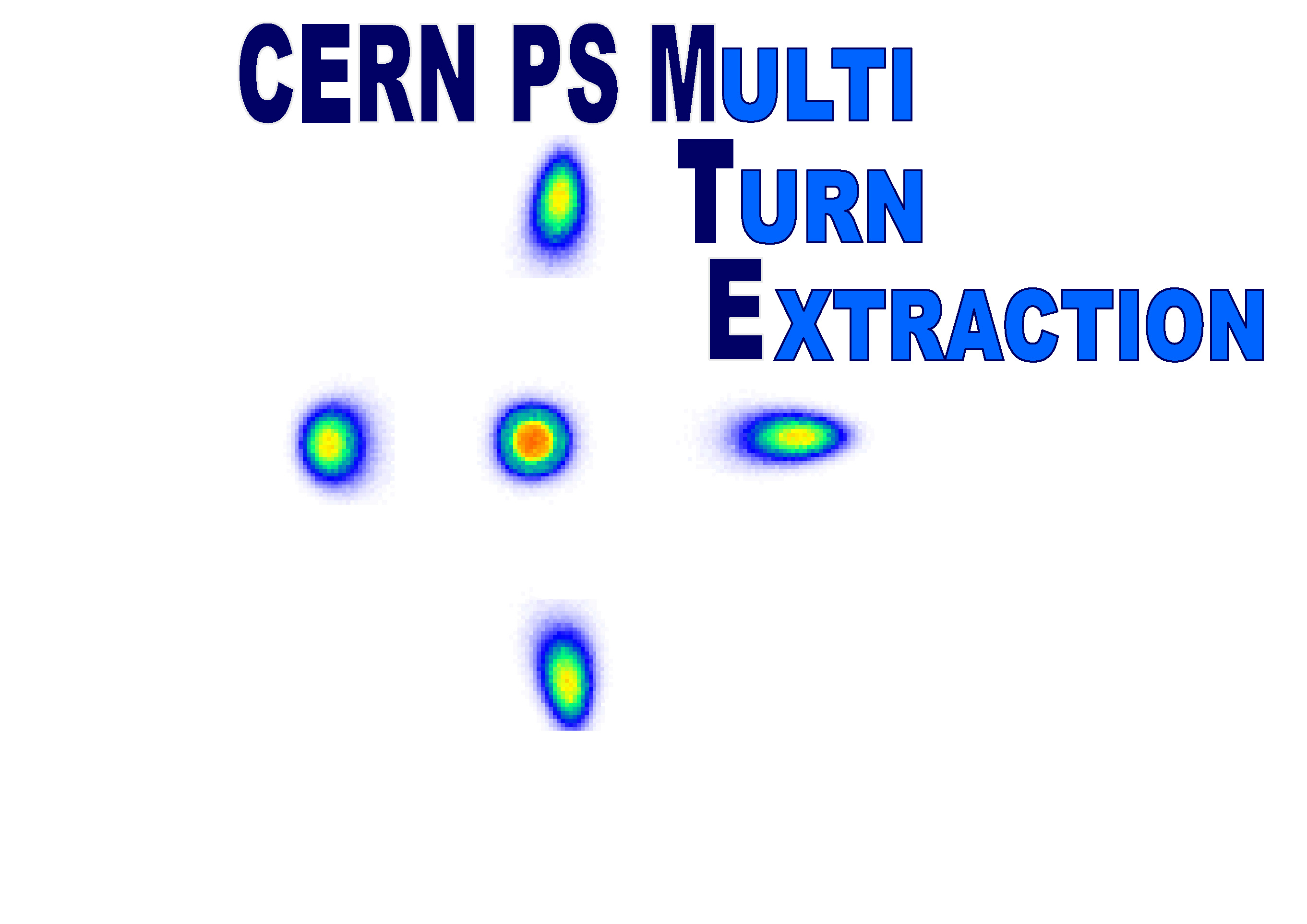|
Minutes of the
63rd MTE meeting held on Thursday September 27th 2012
|
Present :
S. Damjanovic, P. Demarest, M. Giovannozzi, C. Hernalsteens, M. Hourican , C. Pasquino.
|
Excused :
S. Gilardoni, J. Borburgh, R. Brown
|
Main items
|
Conclusions and actions from
the meeting |
-
Concerning the protection of the
dummy septum (Action: TE-ABT):
-
A temperature sensor should be
installed to measure the blade temperature. It will
be interlocked with beam injection to protect the
dummy septum in case of potential accident.
-
A BLM will be installed and it
will be interlocked as it is done for all BLMs. This
will also provide protection of the dummy septum.
-
The consequence of full beam loss
on the dummy septum blade should be considered
(Action: TE-ABT and DGS-RP).
-
The catalogue of the intervention for estimating
the dose delivered to personnel is being prepared (Action:
TE-ABT).
-
Concerning the shielding (Action:
TE-ABT):
-
It is proposed to have two
connection flanges on the upstream and downstream
side of the dummy septum. On the downstream side the
vacuum pipe will be connected rigidly to the dummy
septum tank.
-
The downstream wall of the
concrete shielding will be built with very few
(possibly only one) blocks: this would allow a quick
dismounting of the wall.
-
To remove the dummy septum one
should:
-
Remove the top of the
shielding
-
Remove the downstream part of
the shielding
-
Disconnect cooling,
disconnect stepping motor cables and position
feedback cables, disconnect temperature sensor,
disconnect grounding cable (R.
Brown recommends not to use quick release
Walther water connections, but use flat joint
connections which can be disconnected before the
concrete blocks are removed. A few seconds
longer but much more reliable. Walther
connections have been removed from all PS aux
magnets as they all proved to be leaky with age).
-
Remove RF bypasses upstream
and downstream on vacuum flanges
-
Remove the colliers of the
two flanges
-
Lift up the dummy septum
-
The order of these operations
should be optimised to reduce the dose delivered to
people.
-
The shielding should be finalised
also based on the outcome of the analysis of the
vacuum situation (see later).
-
The situation of the impedance
computation will be presented at the meeting on 11
October
(Action: ABP).
-
Concerning the vacuum in sector
20, additional studies are presented:
-
It seems difficult to install
additional pumping capacity in the region of MMU14
as already now the pumping capacity is limited by
the conductance.
-
An alternative would be to check
whether additional pumps could be installed in the
side of the pick-up. It is reminded that MMU14 will
be removed during LS1 and this could allow changing
the vacuum chamber (Action: TE-VSC
and J. Belleman).
-
Another solution could be to
install the additional pump directly on the dummy
septum. However, this should not impact on the
removal possibilities of the device, i.e., the
presence of the vacuum pump should not require
dismantling more shielding. Two options are at hand
(Action: TE-ABT, TE-VSC):
-
To install a vacuum pump
beneath the dummy septum tank.
-
To install a vacuum pump
upstream of the dummy septum to avoid any
interference with the shielding. This would have
the drawback of limiting the conductance of the
system.
-
The case of increased desorption
due to the presence of ferrites will be presented at
next meeting, where the various options will be
reviewed.
-
It is also reminded that the
absence of beam screen would alleviate the
situation, thus excluding the need for additional
pumping.
-
A meeting to discuss the possibility
to install beam monitoring device has been organised. A
possibility consists of installing the screen in front
of the dummy septum blade. The blade will be slightly
displace downstream without any impact of the external
dimensions of the vacuum tank. The details should be
provided by the BI specialists (Action: BI).
|
|
|
|
